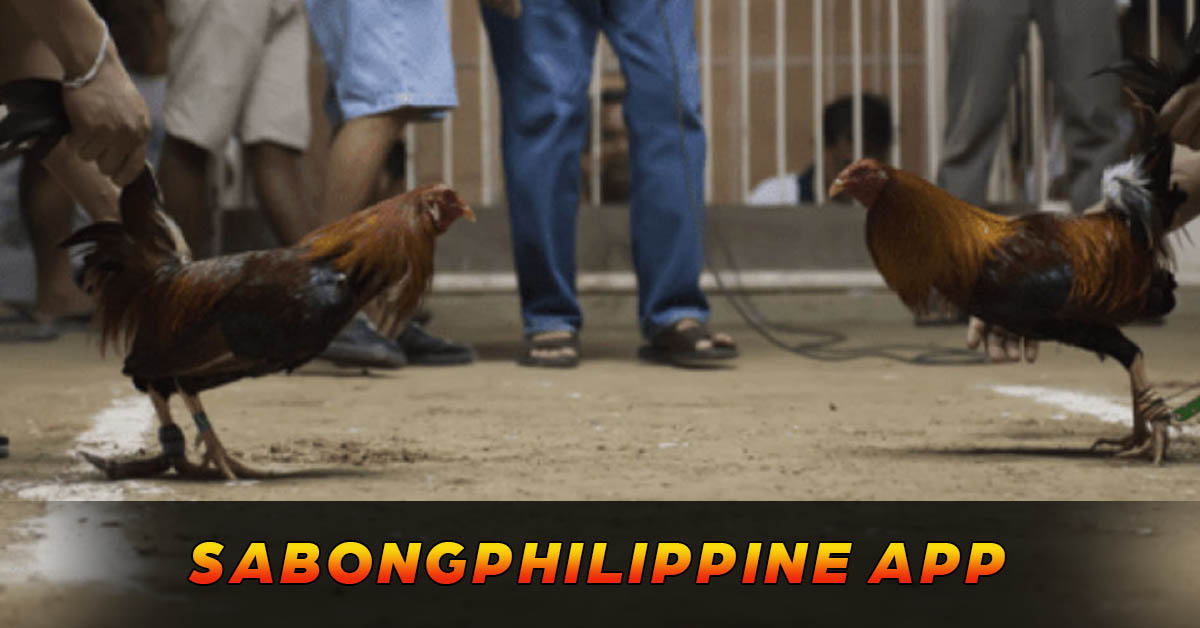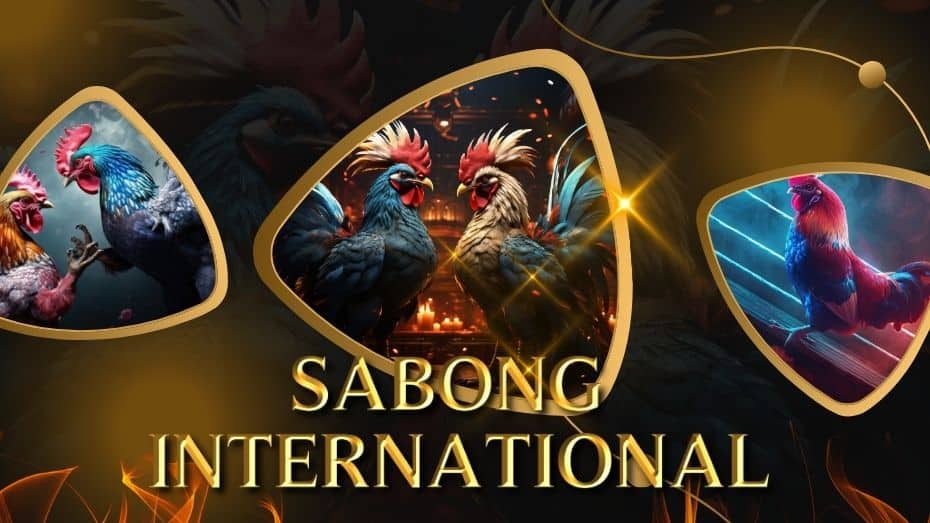Deciphering the Techniques of a Sabong Grandmaster: Elevate Your Game
Deciphering the Techniques of a Sabong Grandmaster: Elevate Your Game
Blog Article
Secrets of the Sabong Grandmaster: Mastering the Art of Cockfighting
The elaborate world of cockfighting, specifically as practiced by the Sabong Grandmaster, uses a fascinating research in the confluence of pet actions, training approaches, and competitive approach. To really realize the nuances of this art type, one need to check out just how the Grandmaster harmonizes the physical and mental elements of rooster training while browsing the ethical factors to consider intrinsic in this traditional technique. What are the pivotal insights that divide the extraordinary from the ordinary in this realm? Recognizing this could redefine one's point of view on the sport and its practitioners.
History of Cockfighting

As the centuries advanced, cockfighting spread across various continents, adapting to regional customs and social dynamics. In middle ages Europe, it got appeal among the nobility, who regarded it as a display of riches and standing. By the 17th century, the sporting activity had established itself in England, resulting in the development of defined rules and laws.
In the Americas, specifically in the Caribbean and the Philippines, cockfighting took on special qualities influenced by colonial histories and indigenous practices. Today, while the sporting activity remains debatable and faces legal obstacles in many regions, its historical significance proceeds to trigger discussions regarding animal civil liberties, cultural heritage, and social worths. The evolution of cockfighting shows wider motifs of human communication with nature and the intricacies of practice.
Recognizing Fowl Habits
Understanding fowl habits is crucial for those associated with the sport of cockfighting, as it straight affects performance, training, and health and wellness. Fowls display a variety of behaviors that can indicate their physical and emotional states. Especially, hostility, territoriality, and social hierarchy play significant duties in their demeanor.
Aggression is a natural impulse in roosters, mainly driven by the demand to assert supremacy. Observing interactions among fowls can disclose their pecking order, which is vital for handling their setting. A certain fowl presents a more assertive pose, while a submissive one might reveal indicators of anxiety or concern, such as crouching or staying clear of eye get in touch with.

Training Methods for Champions
Effective training methods are crucial for developing champion roosters that master the competitive field of cockfighting. A methodical technique ensures that each bird reaches its complete possibility, integrating physical conditioning with mental perseverance.
To begin, establishing a consistent training routine is vital - Sabong Grandmaster. This consists of daily exercises that boost toughness, agility, and endurance. Routines might involve regulated sparring sessions with both online and synthetic challengers to replicate competitors, allowing fowls to develop their combating skills in a secure setting
Including agility drills, such as challenge programs and jumping workouts, substantially boosts a fowl's physical capacities. Furthermore, presenting varied surface areas and surfaces can improve their flexibility throughout battles.
Psychological training ought to not be overlooked. Acquainting the birds with the noises and views of a competitive atmosphere can lower stress and anxiety and stress and anxiety on battle day. Favorable reinforcement strategies, such as fulfilling desirable habits, can instill self-confidence in the fowls.
Last but not least, maintaining a tranquility and assertive existence during training sessions cultivates trust fund sites in between the trainer and the fowl, necessary for attaining ideal efficiency. Together, these techniques create a thorough training regimen that cultivates champs all set to stand out in the arena.
Health and Nourishment Essentials

Integrating a mix of wheat, barley, and corn offers needed carbs, while protein sources such as fish meal, soybean dish, or insects support muscular tissue development and healing. Furthermore, including fresh fruits and vegetables can boost the overall nutritional account, offering antioxidants that improve the body immune system.
Hydration is equally important. Accessibility to tidy, fresh water needs to be a concern, as dehydration can significantly influence efficiency (Sabong Grandmaster). Normal health check-ups are necessary to monitor for any kind of prospective illnesses or parasites that could jeopardize a rooster's condition
Moreover, the timing of feed is crucial. Giving nutrients at proper intervals makes certain that fowls preserve power degrees throughout their training and healing stages. By focusing on these wellness and nourishment fundamentals, sabong lovers can assist their roosters attain optimum performance in the competitive field.
Strategies for Successful Suits
Success in cockfighting hinges on a combination of critical prep work and in-ring tactics. Effective suit techniques begin long prior to the fight, with careful choice of the rooster. Dog breeders ought to prioritize hereditary characteristics such as durability, aggression, and stamina, making sure that the chosen bird shows a solid lineage of efficiency.
Training is vital; roosters need to be conditioned with a routine that includes exercise, sparring with various other birds, and direct exposure to various environments. This preparation not just builds toughness however additionally enhances the bird's flexibility to Click Here various opponents.
Throughout the suit, a handler needs to use keen monitoring and fast decision-making. Identifying the opponent's techniques permits timely modifications, such as changing the rooster's stance or urging much more hostile actions. When to limit the bird or urge can suggest the difference between success and defeat., timing is vital; recognizing.
Lastly, maintaining a calm behavior throughout suits fosters confidence in the rooster. A balanced technique, combining both mental and physical readiness, inevitably brings about effective end results in the sector, demonstrating that mastery in cockfighting is as much about technique as it is regarding the birds themselves.
Final Thought
The proficiency of cockfighting, as exemplified by the Sabong Grandmaster, hinges on a thorough understanding of fowl habits, reliable training techniques, and optimal health and nourishment. Inevitably, the tricks of the Sabong Grandmaster lie in the harmonious visit here equilibrium of these aspects, guaranteeing the proceeded tradition of this ancient sport.
To absolutely comprehend the nuances of this art kind, one need to explore just how the Grandmaster balances the physical and mental elements of fowl training while navigating the ethical factors to consider fundamental in this traditional technique.Understanding fowl behavior is crucial for those involved in the sporting activity of cockfighting, as it directly affects training, performance, and health and wellness.Preserving optimum health and wellness and nourishment is vital for making sure that fowls reach peak performance in the cockfighting field. Giving nutrition at ideal intervals guarantees that fowls maintain energy degrees throughout their training and recuperation phases.The mastery of cockfighting, as exhibited by the Sabong Grandmaster, pivots on a detailed understanding of rooster behavior, efficient training strategies, and optimum health and nutrition.
Report this page